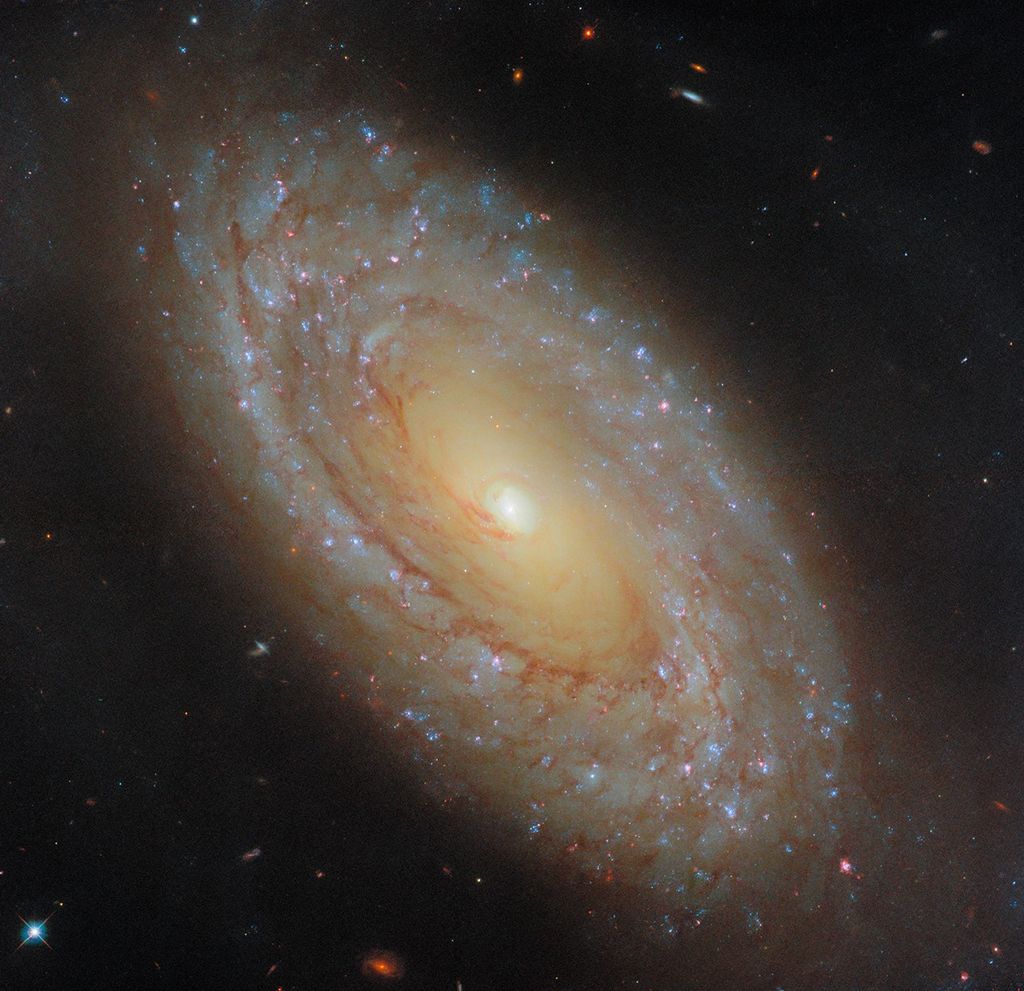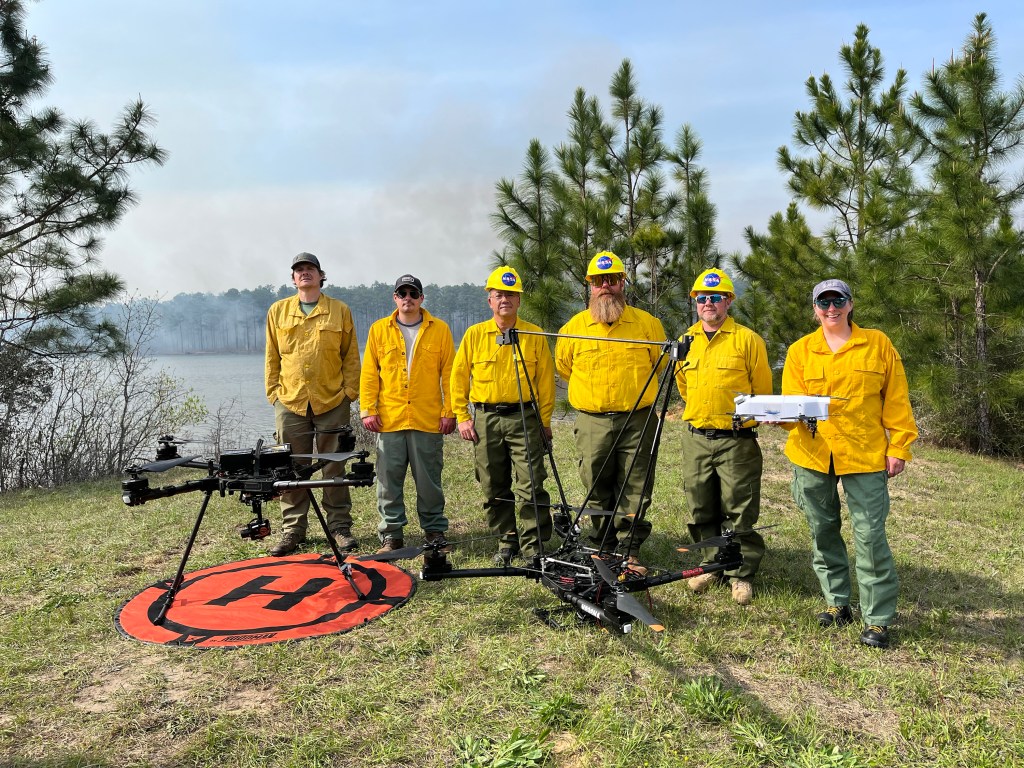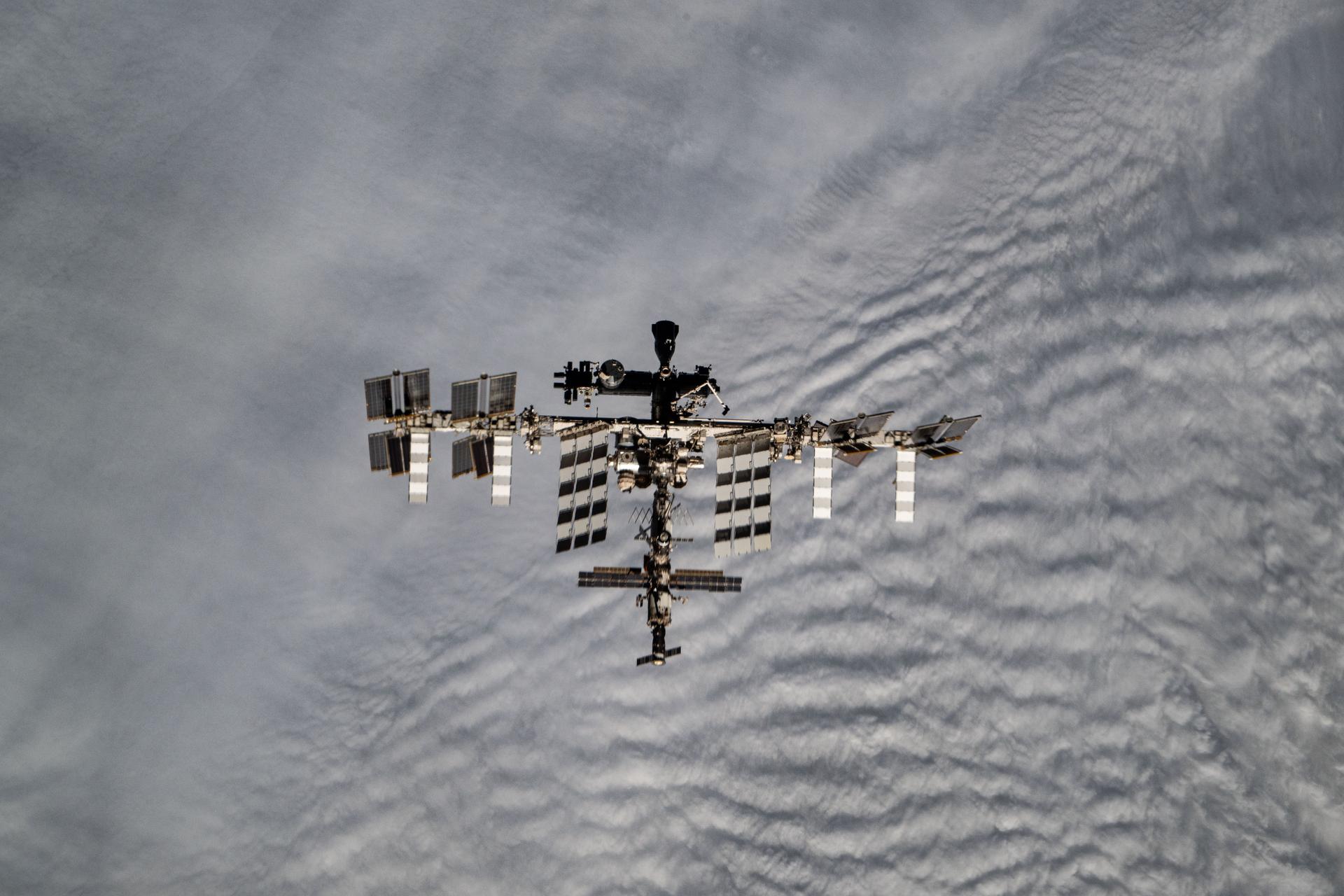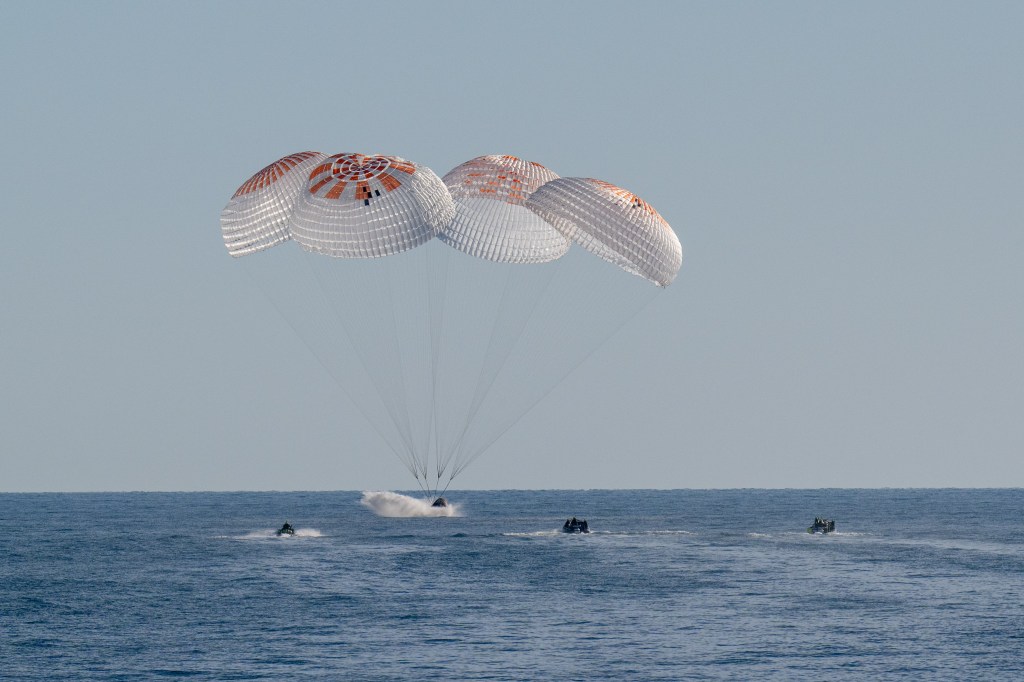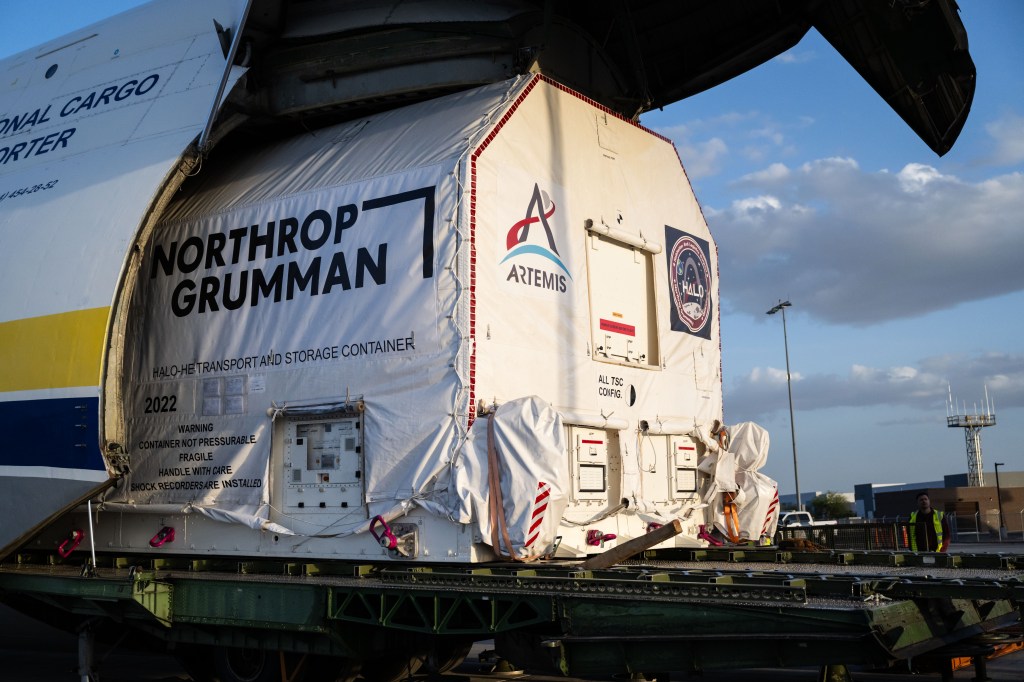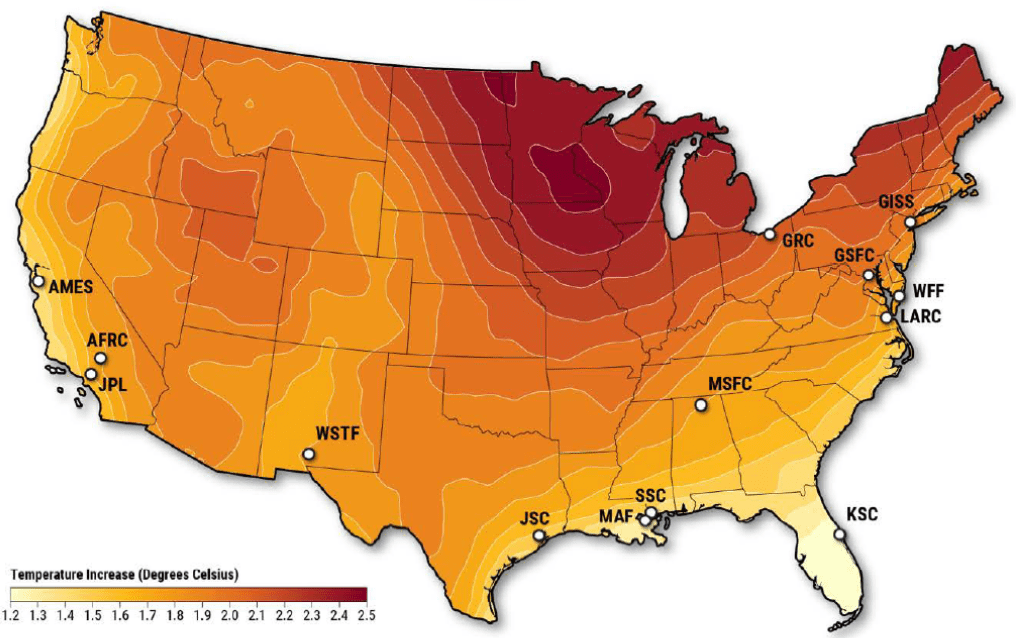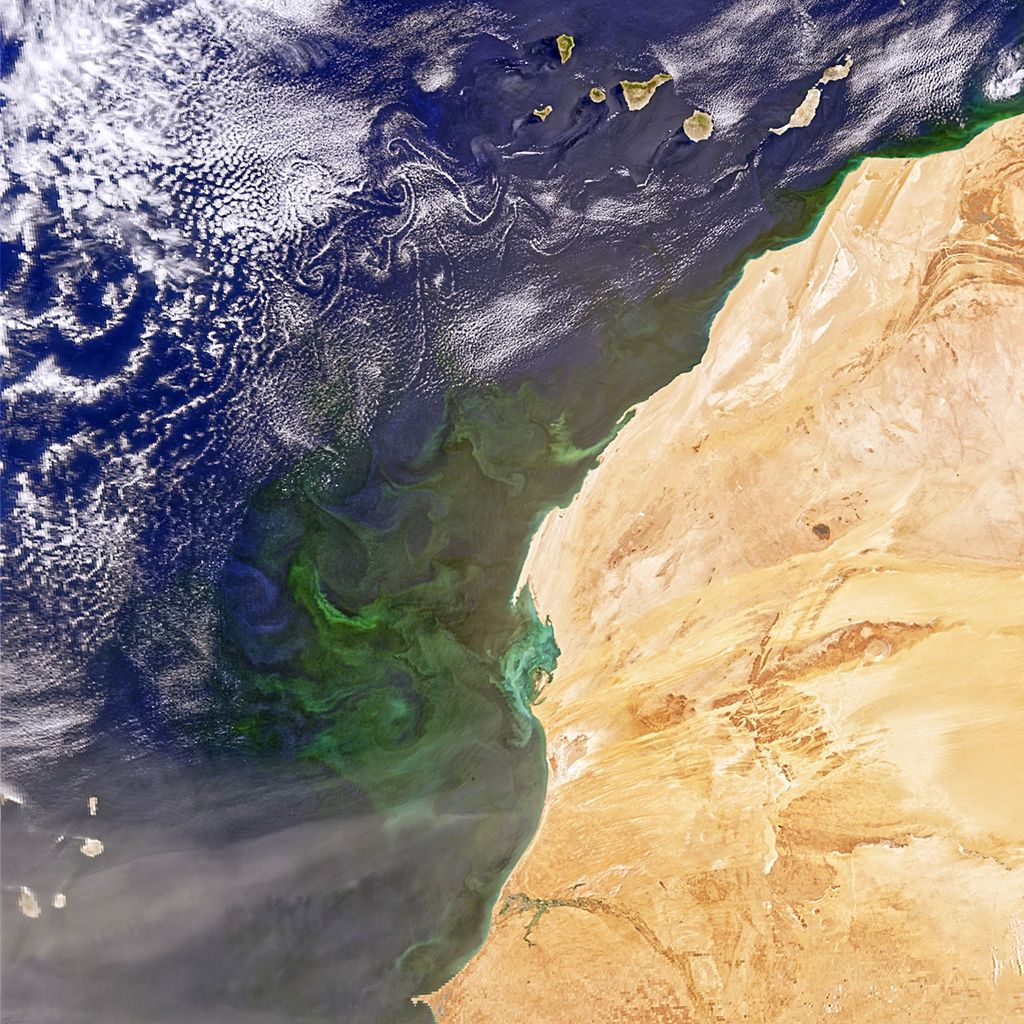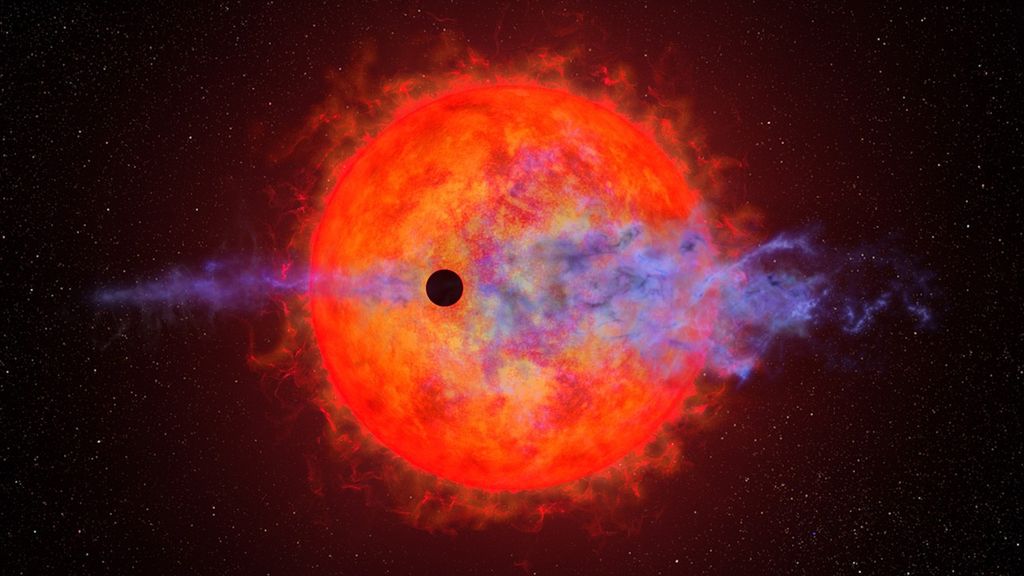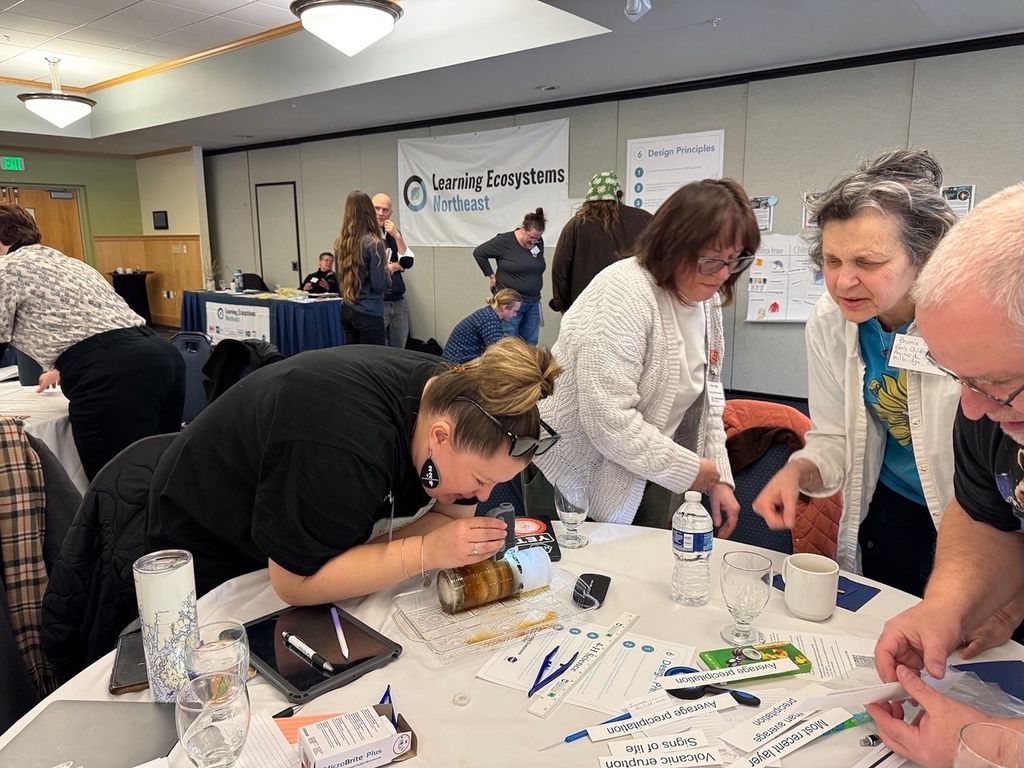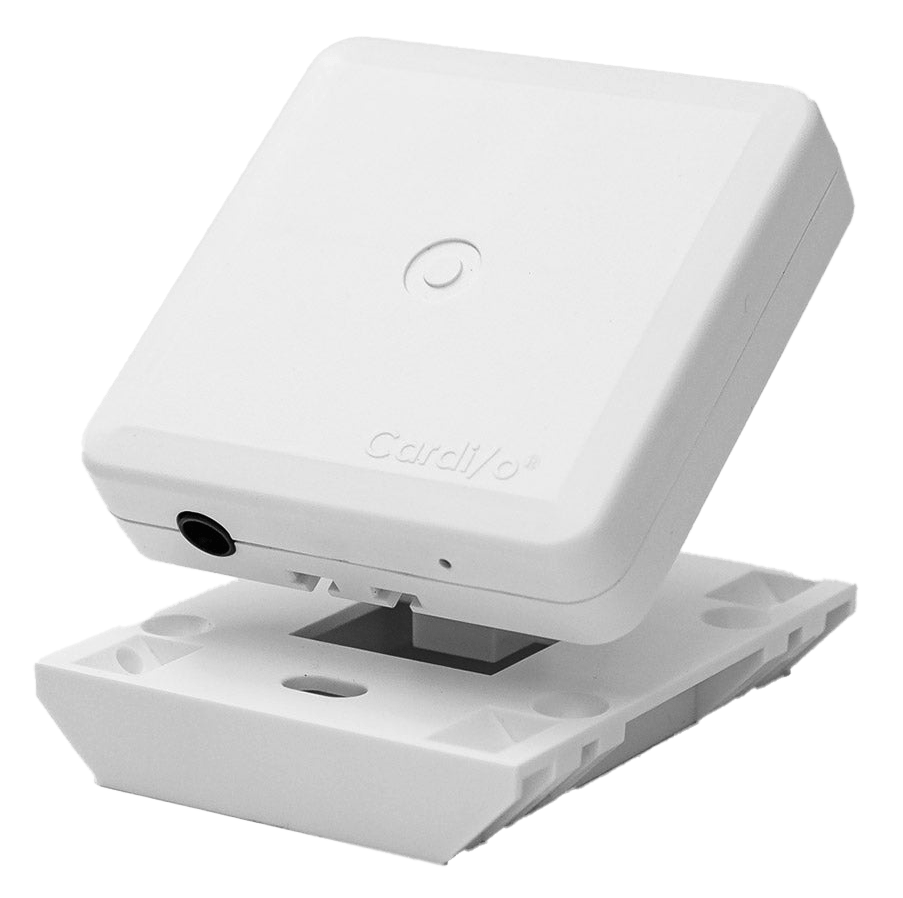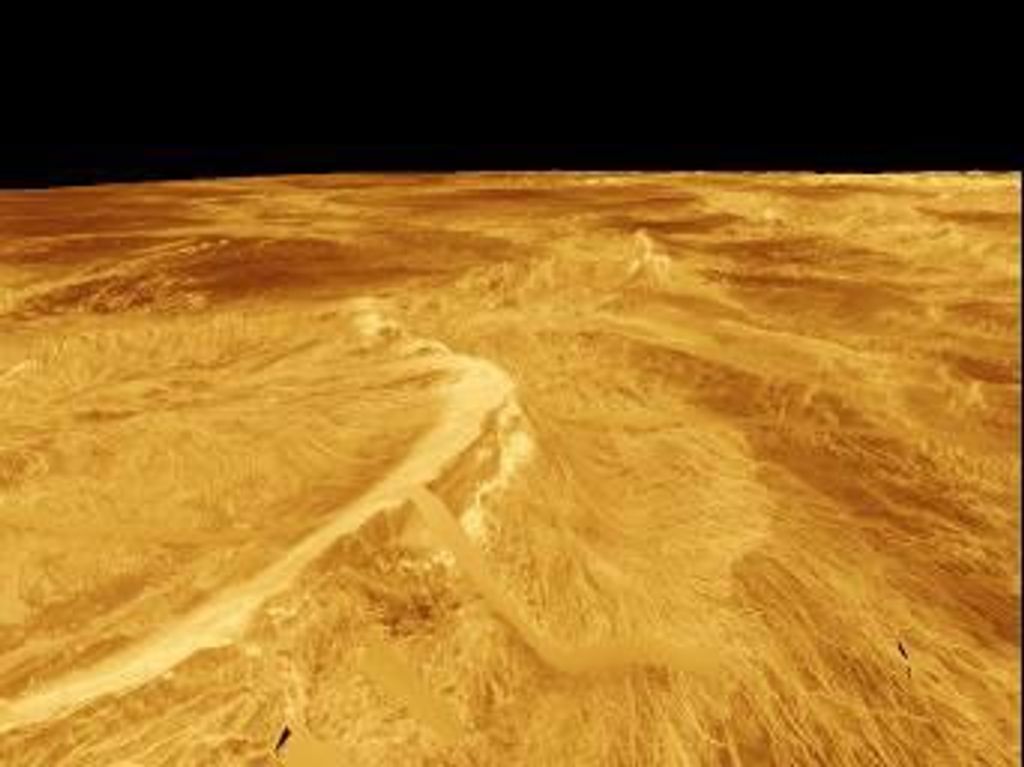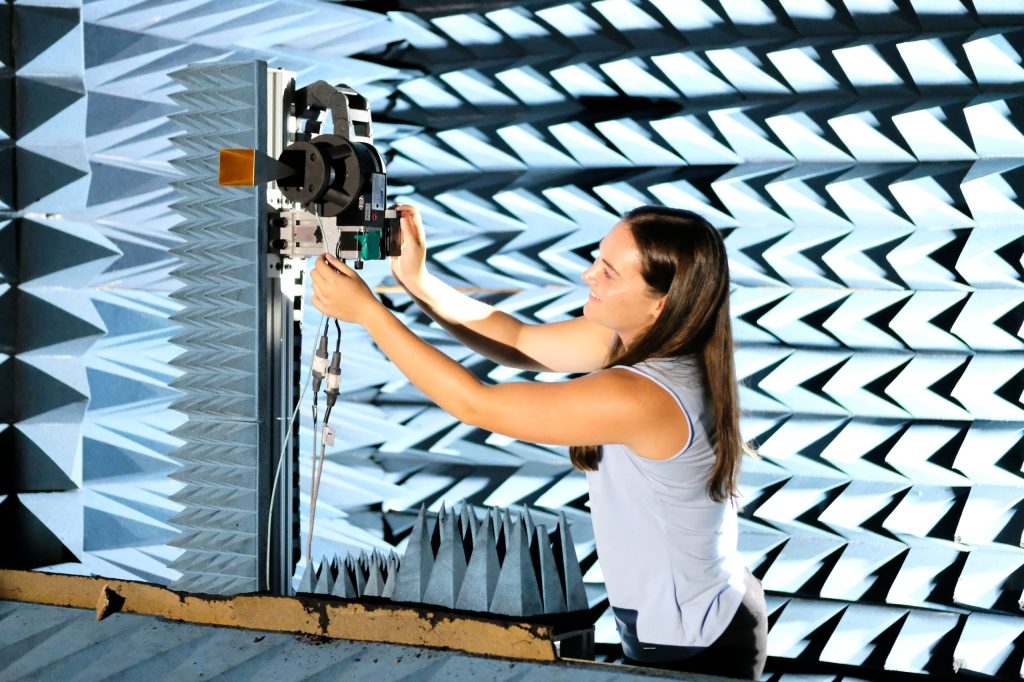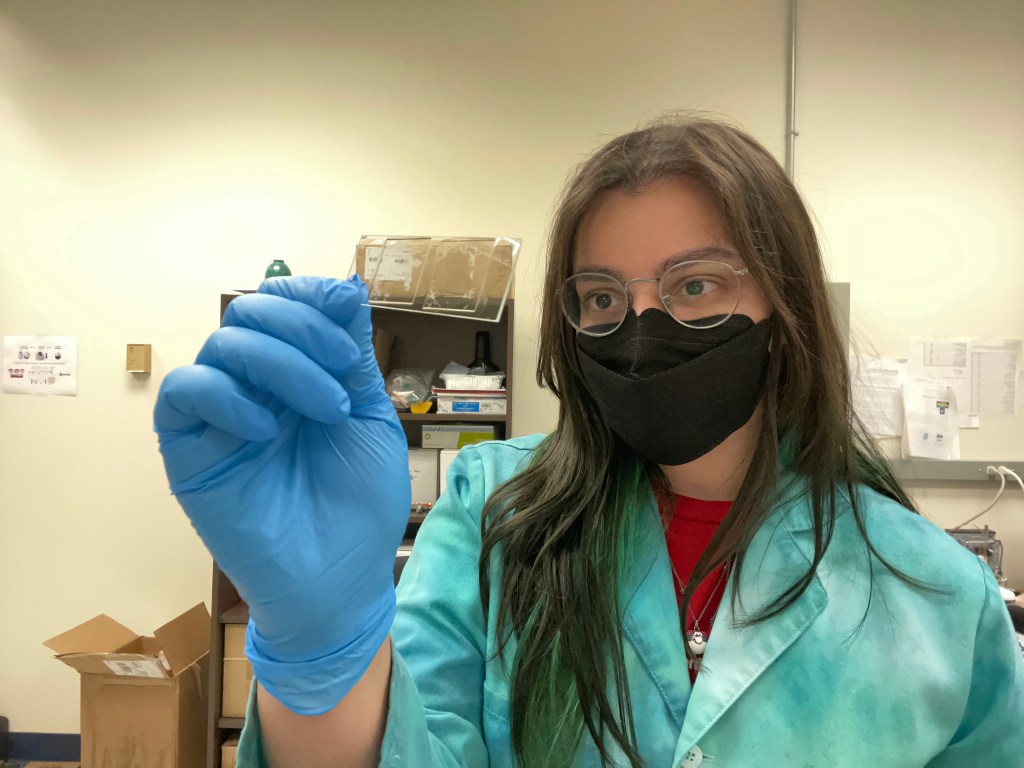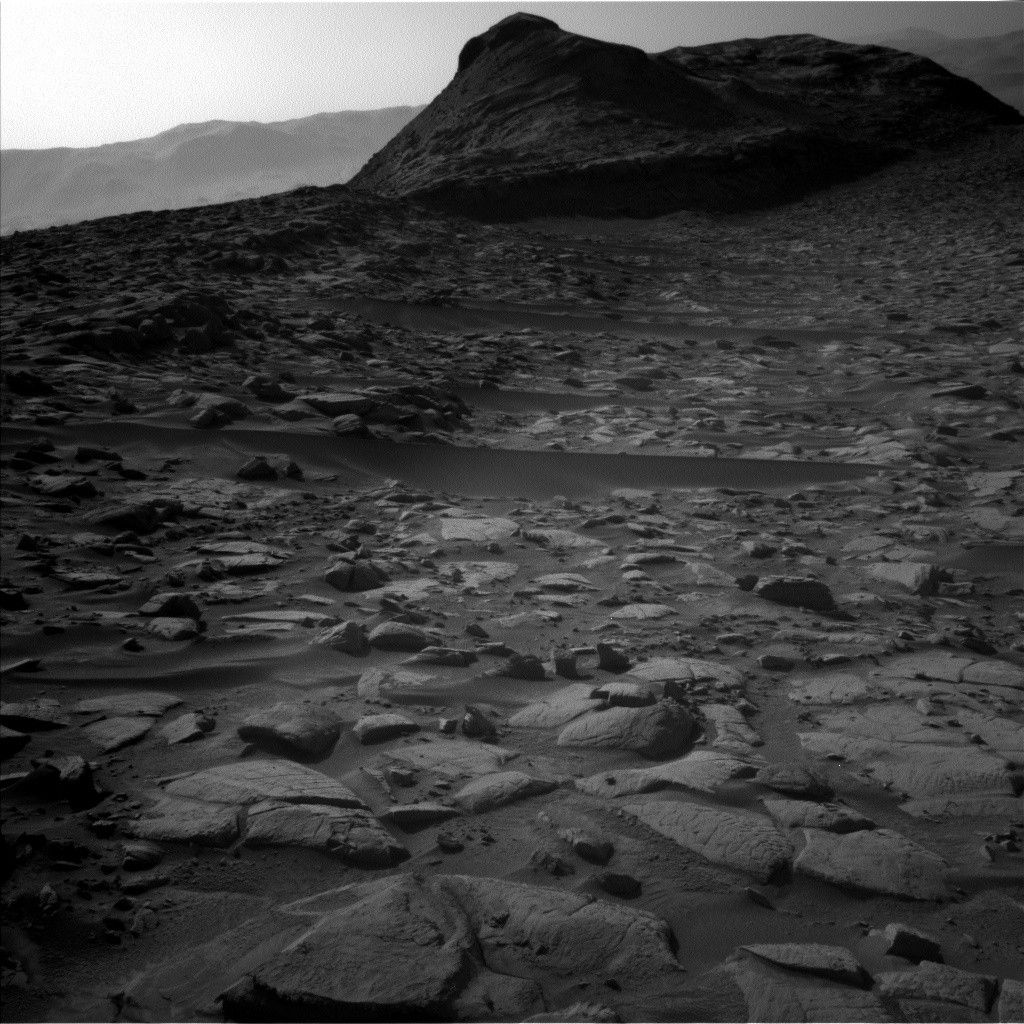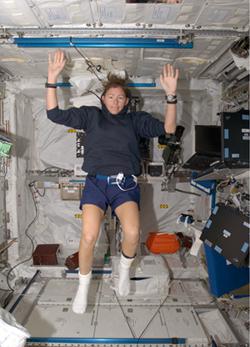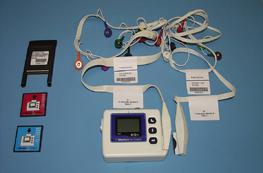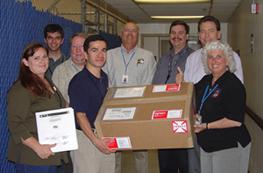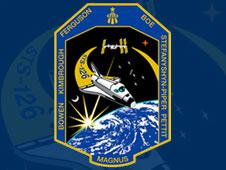Holter Monitor (STS-126)
The next generation Holter Monitor 2 is a commercial off-the-shelf ECG monitoring device developed by Mortara Instruments and flight qualified for use on the International Space Station by the Space Biosciences Division of Ames Research Center.
The Ames project team, lead by BJ Navarro, was tasked to modify, validate and certify the commercial off-the-shelf Holter Monitor systems for flight and deliver five flight sets within ten months to the Human Research Program at NASA’s Johnson Space Center. The Ames team successfully performed this task and the Holter Monitor 2 was launched aboard STS-126, ULF2 on November 14, 2008 and transferred to the space station to support the Cardiovascular and Cerebrovascular Control On Return experiment as part of the Human Research Program. Crewmember Sandy Magnus wore the device on December 1 for a 24-hour period during which it recorded her ambulatory heart rate. The recorded data was then transferred to the Human Research Facility’s computer and successfully downlinked to Johnson Space Center where is was decoded and sent to the principal investigator, Dr. Richard Hughson, University of Waterloo. Presently there are four Holter Monitor 2 units aboard the station for crew use. This device replaces the existing Holter Monitor and is providing human research investigators a compact tool with a variety of sampling rates and lead cable configurations to support human cardiovascular research.

